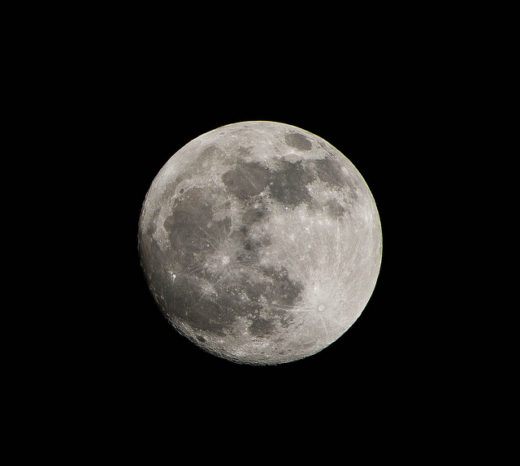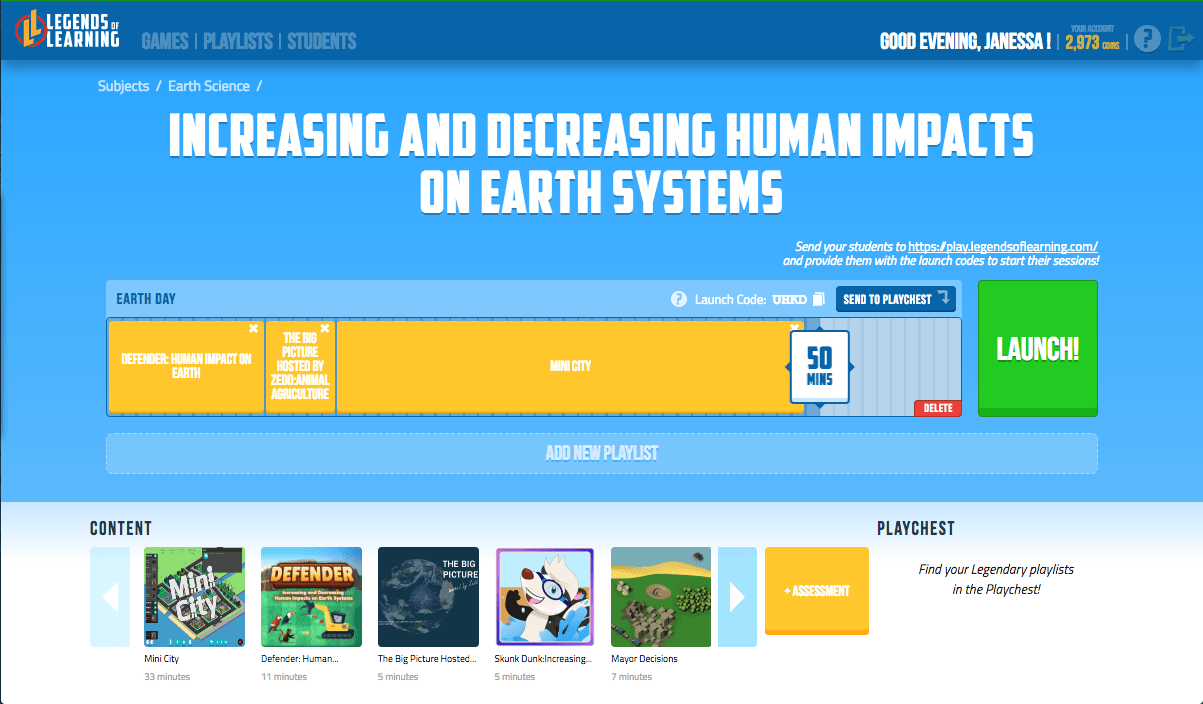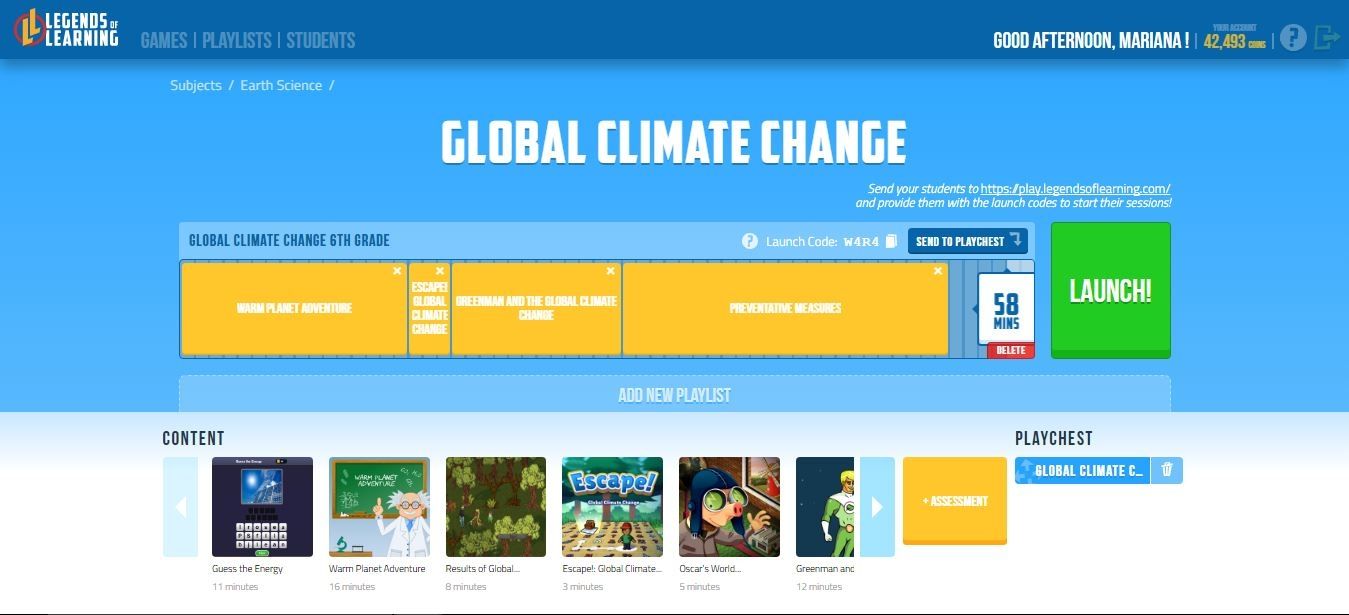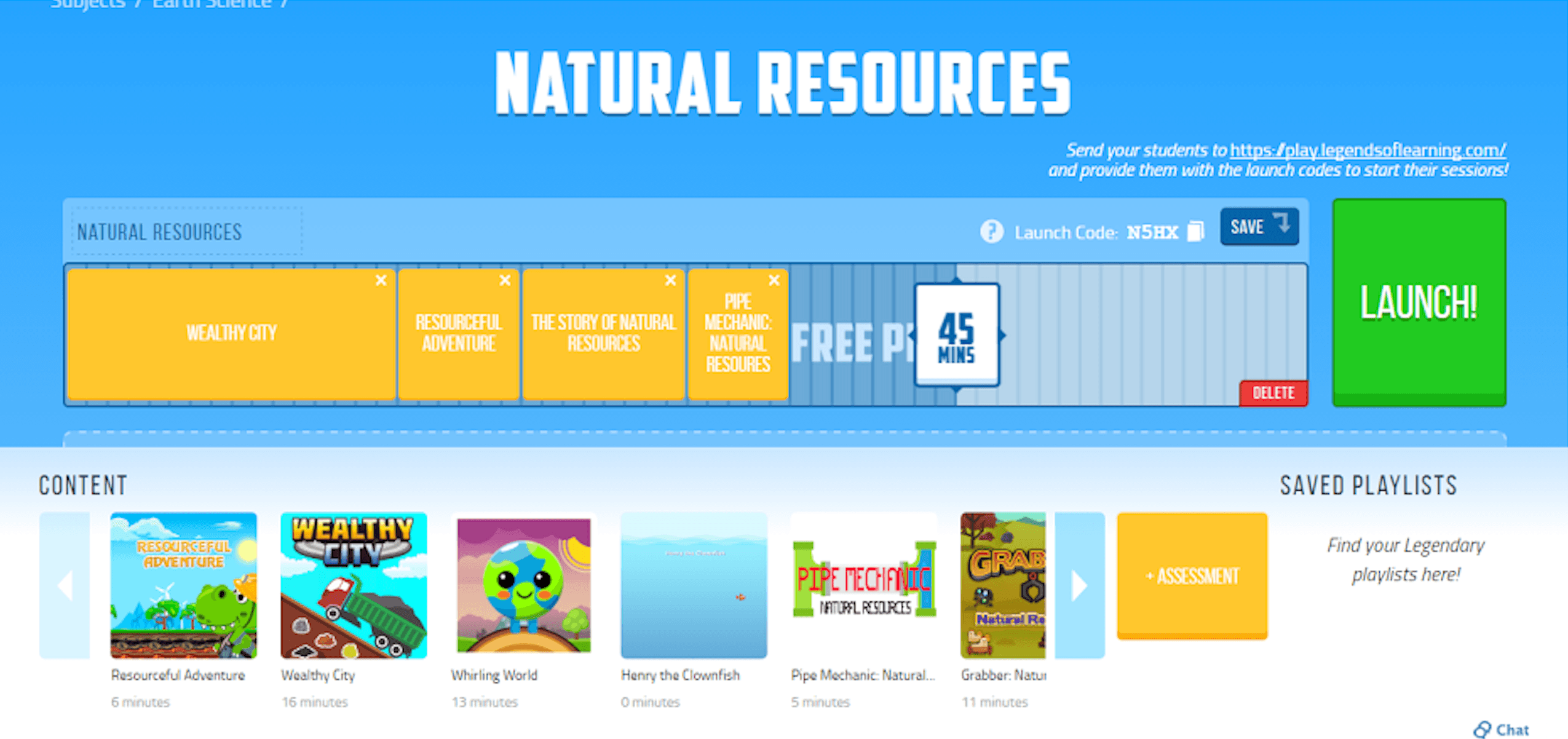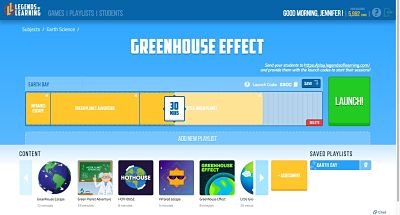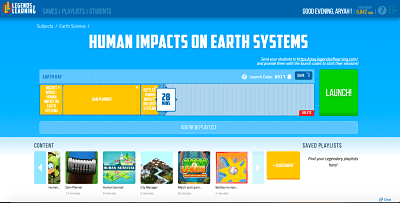Weather Prediction Lesson Plan
Weather on the Mind: A Timely Lesson Plan for Your Science Class
With the ever-present threat of extreme events, the topic of weather is likely top of mind for your science students. Use this engaging Weather Prediction lesson plan to address this timely matter and help your students understand weather patterns and how we predict their behavior.
This lesson plan is part of our Weather Prediction learning objective and includes eight exciting games that will engage your students while learning. It’s a perfect opportunity to explore how meteorologists forecast weather events and the impact these predictions can have on our lives.
Let’s turn this moment of heightened awareness into a valuable learning experience. Jump in and explore our Weather Prediction Lesson Plan below!
Learning Objective: Weather Prediction
Objective
Students will be able to:
- Describe the four types of air masses and how they interact to form fronts.
- Explain the causes of weather associated with different fronts.
- Describe how the meeting of certain fronts can cause extreme weather events.
Time Required: 90 minutes
Materials Needed
- Teacher computer with internet access and projector
- Student computers/laptops/tablets with internet access (preferably one per student but at least enough for small groups of 3 -4 students)
- Weather Map Practice handout (attached)
Teacher Preparation
-
- Create Playlist 1, a 10-minute playlist in Legends of Learning with the following game found in the Weather Prediction learning objective: Forecaster
- Create Playlist 2, a 20-minute playlist in Legends of Learning with the following game found in the Weather Prediction learning objective: Sunshine City
- Make copies of the Weather Map Practice handout.
Engage: 15 Minutes
- The teacher will play the following videos:
- The students will take notes in their science journals on the different types of air masses and fronts described in the two videos.
- The teacher will ask the following questions to prompt discussion in the class:
- a) Do you ever watch the weather report on the news?
- b) What kind of information does the reporter show?
- c) What is the weather today? Tell me your guess about the temperature and the likelihood of rain.
Explore: 10 Minutes
- Students will sign in to Legends of Learning and enter the teacher code.
- The teacher will launch Playlist 1.
- Students will complete Forecaster as the teacher assists students as needed.
- Stopping gameplay to address the questions asked in the game may be needed.
Explain: 20 Minutes
- 1) Students will be given the Weather Map Practice handout. The teacher should also display the map on a projector/Smartboard so that the students can see the colors on the map.
- 2) Students will answer the following questions:
- a) What kind of weather conditions do you think are associated with the blue line with triangles on it?
- b) Based on your observations, which states and regions may be having severe weather on this day? Give your reasons why. Oklahoma, Arizona, and California; all of those states contain an ‘L”’(which designates a low-pressure system) which typically is accompanied by stormy weather. BONUS: Newfoundland (not a state; however it contains an ‘L’)
- c) What kind of weather would you expect where the warm and cold fronts meet in western Canada? Why? Clear to partly cloudy. Where warm and cold fronts meet is called a stationary front, and weather along a stationary front is typically calm.
- 3) The teacher will discuss the answers to the handout with the students.
Elaborate: 25 Minutes
- 1) Students will log on to The NOAA National Weather Service Just for Kids website.
- 2) The students will first click on the tab labeled Forecast Maps
- 3) The students will describe the national weather on that day by analyzing the “Today’s Forecast” tab. They will do the same for the next two days by clicking on the tabs “Tomorrow’s Forecast” and “Day 3 Forecast”, respectively.
- a) Students will write their weather forecast for each in their science journal.
- 4) Students will then try to forecast what the weather will be on Day 4.
- a) Students will write their weather predictions in their science journals.
- 5) Using the “Today’s Forecast” Map, students will make a hypothesis about what the weather will be like in their hometown/city for the next three days.
- a) Students will write their predictions in their science journals.
- 6) The teacher will discuss student predictions as a whole class.
- 7) Teach will display the NOAA National Weather Service Just for Kids page and will check the accuracy of their forecasts by entering their city name or zip code in the “Customize your Weather.gov” section on the top left of the screen.
- 8) If time allows, students may proceed to the Weather Information Display icon and make their own weather maps by customizing the parameters displayed.
Evaluate: 20 Minutes
- 1) Launch Playlist 2 for students.
- 2) Students will play Sunshine City and be assessed on their ability to answer the questions provided in the game correctly.
- 3) The teacher will analyze student results to determine what concepts need to be a focus for reteaching.



